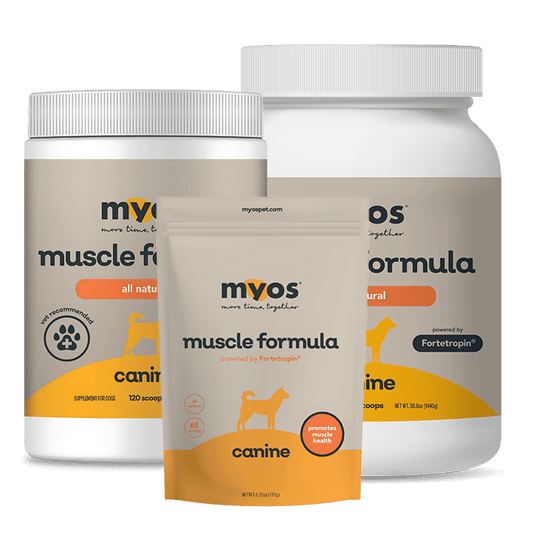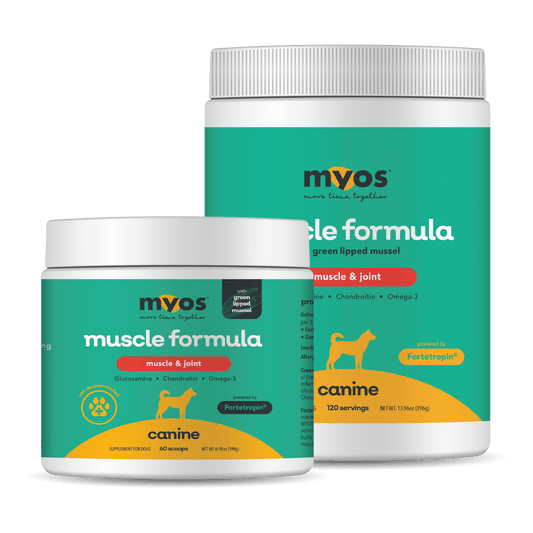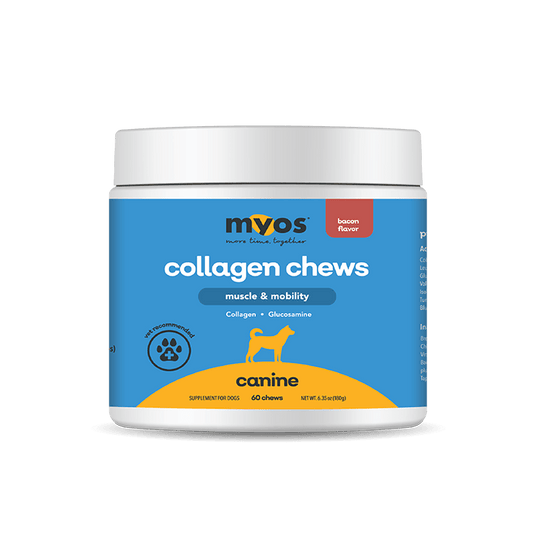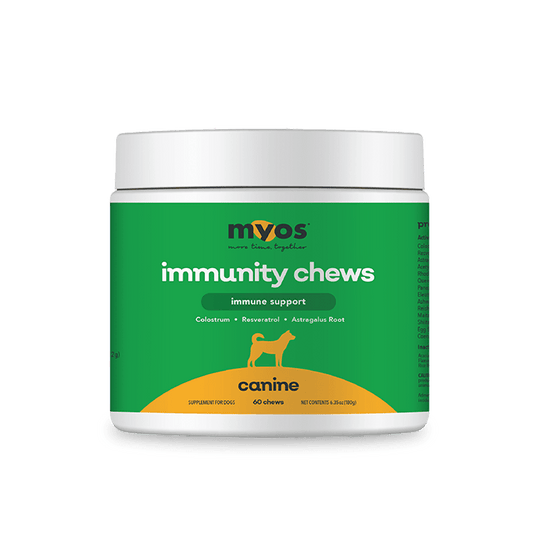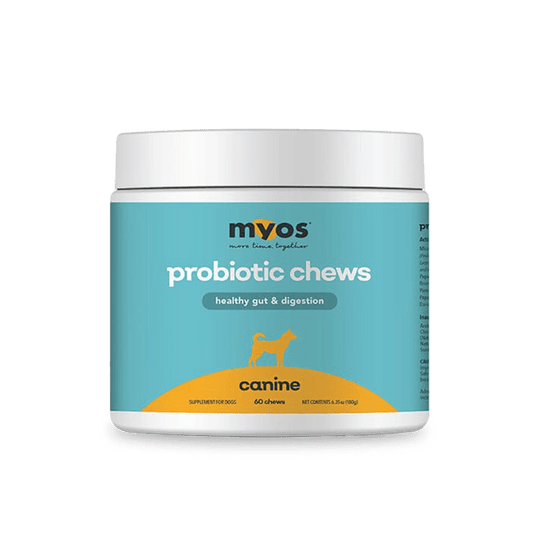As a pet owner, it’s extremely difficult to see your dog suffer. So when your dog’s muscles begin to waste away and simple tasks, like walking up the stairs, become almost impossible, it’s important to quickly get your furry best friend the help he needs.
Muscle atrophy is a type of muscle loss where your muscles start to waste away and, although muscle atrophy is actually quite common in animals and humans, it is still very important that this issue does not go ignored. Read on for signs to help you determine whether or not your dog is suffering, and if so, what to do about it.
Know The Signs
It’s important to know and watch out for the symptoms of muscle atrophy in your dog. Some warning signs to look for include:
-
Muscle Thinning
When your dog starts to lose muscle, you will see a noticeable difference in their bodies as a result of muscle thinning (like being able to fit your entire hand around your dog’s leg when you have previously not been able to do so).
-
Weight loss
If your dog is losing muscle mass it will usually result in weight loss. If your dog is starting to look thinner or feels lighter than normal when you pick him up, it would be a good idea to start weekly weigh-ins. If you notice your dog is continuously losing weight, this is likely a sign of muscle atrophy.
-
Weakness
You can tell if your dog is experiencing muscle weakness when its back legs are no longer able to help support its body. If your dog is experiencing muscle weakness, it will usually begin to favor its front legs. Your dog also may begin to have changes in posture and drag its paws or legs. Since muscles work in conjunction with bones to help the body stay upright, muscle loss will make it much more difficult for your dog to hold itself up.
-
Flabbiness
Humans aren’t the only ones that can get flabbier with age. Flabby muscles on dogs are one of the top and most overt signs of muscle loss. Strong muscles should be firm and sturdy, so if your pet’s muscles are becoming soft and weak, this is most likely muscle atrophy.
-
Laziness
Although all dogs do tend to become more lethargic with age, muscle loss can visibly heighten this phenomenon. Having less muscle makes it much harder for your dog to move around freely, and can also cause pain in joints and muscles as a result of movement.

Why Does Muscle Loss Happen?
An old dog losing weight and muscle mass is actually quite common, especially as dogs become less active. As dogs get older, the types of nutrients they need changes, and they are no longer able to process protein in the same way they used to.
Larger breed dogs generally age faster than smaller, which means they are more susceptible to muscle atrophy. Certain illnesses and diseases can also cause atrophy of muscles. A common one is myositis, which is generally caused by an injury, infection or autoimmune disease. Another common cause of muscle atrophy is degenerative myelopathy, which is a disease that will affect your dog’s spinal cord and limbs.
What To Do About Your Dog's Muscle Loss
If you think that your dog is experiencing muscle atrophy, it is important not to panic, especially considering the commonness of this occurrence. In order to help your dog, the first thing you should do is bring it to the vet in order to determine the root cause of the atrophy.
If your dog is not experiencing illness or diseases and the muscle loss is due to aging, then it is important to make sure that, despite some resistance, you implement a routine of exercise and proper nutrition for your dog. If the vet determines your dog is suffering from illness or disease, it is important to follow the regimen prescribed.
Thankfully, no matter the cause of your dog’s muscle loss, there is a cutting-edge product that can help your dog's muscle health. Veterinarian recommended, Myos Canine Muscle Formula, is made from an all natural ingredient, fertilized hen egg yolks, and has been proven to increase muscle mass and size.
Read more about muscle atrophy in dogs and know to look for the signs.
MYOS Canine Muscle Formula is fueled by Fortetropin®, a revolutionary ingredient made through a patented process that preserves the powerful and vital nutrients present in fertilized egg yolks.
Countless positive testimonials as well as scientific research show that Myos Canine Muscle Formula® works, especially in minimizing muscle atrophy. If your dog is experiencing muscle loss, Myos Canine Muscle Formula is truly a must-have to keep him youthful and healthy!

